There’s something so special about May in Andalucia. The temperatures are perfect, the countryside unusually green and full of wildflowers, and cities and towns across the region hum with a packed schedule of events. It’s a time of year when FOMO is inevitable because so many of them coincide.
This year, I’m spending May in New Zealand with my family, but if I were in Andalucia I would probably be heading to the final weekend of the Patios Festival in Córdoba.
This festival is like a microcosm of many of the things I love about Andalucia. It celebrates the art of communal living, shared traditions, and the moments of colour, beauty and joy that season everyday life here. For more about Patios Fest, check out my guide to visiting the Cordoba Patios Festival over on the blog.
The famous Feria de Sevilla (Seville Fair) has been and gone, and the next big ones are the traditional spring ferias of Jerez de la Frontera (17-24 May), and Córdoba (24-31 May). Both have a reputation for being less exclusive than Seville’s, with many of the casetas (marquees) open to the public. This is also the case for Málaga’s feria, which takes place at the sweaty heights of August. I’ve been to both Seville and Málaga’s ferias, and last year I wrote this post about how they compare.
💜 Purple haze: peak jacaranda
One thing Seville and Málaga have in common is plenty of jacaranda trees. May is the month when they’re at their spectacular best, filling the city with dreamy mauve blooms.
Málaga alone has 4,000 jacarandas, and many locals have a love-hate relationship with them thanks to the carpet of sticky fallen flowers they leave underfoot (and on top of parked cars). The stickiness comes from a substance the trees secrete to try to repel aphids.
Despite the annoyance factor, jacarandas have another benefit beyond their aesthetic appeal. They are one of the three most effective carbon dioxide sinks in the tree world - just 10 jacarandas can absorb the emissions of 1,400 cars.
Some of the best places to see jacaranda blossom in Málaga are Plaza de la Merced, in and around the Alcazaba fortress, and the small plaza known locally as El Jardín de los Monos (officially, Plaza Victoria). East of the city centre, the long avenue Juan Sebastián Elcano also has some beauties.
🐟 The season of sardines and mighty tuna
The espeto de sardinas (sardine skewer) is one of Málaga’s most emblematic dishes, and May marks the unofficial start of sardine season. According to local wisdom, sardines are best eaten in the months without an R in them, i.e. May to August. The traditional way of cooking sardines is to skewer them on reeds and grill them in sand-filled dinghies on the beach.
Two factors make Málaga the place to enjoy espetos. Firstly, the plankton-rich warm waters of the Costa del Sol make it an ideal environment for small oily fish like sardines to grow and thrive, and secondly, the gentle breezes along this stretch of coast create the perfect outdoor cooking conditions.
When I took a tour of the seaside neighbourhood of El Palo with the excellent local tour company Cultopía, they told us that the winds of to the east of here - Granada’s Costa Tropical, and Almería - were too light, while those of the west - the Atlantic coast of Cádiz province - were too strong. In the Bay of Málaga, the winds fan the fires of these boat-shaped barbeques just the right amount to cook the sardines to perfection.
Where, and how, to eat espetos de sardinas
The classic place to eat espetos is at the laid-back beach bars known as chiringuitos. The eastern neighbourhoods of El Palo and Pedregalejo have many of these, and strolling along their seaside promenades on a warm evening, inhaling the scent of olive-wood smoke, gently charred fish and sea air is one of those quintessential Málaga experiences that I never tire of.

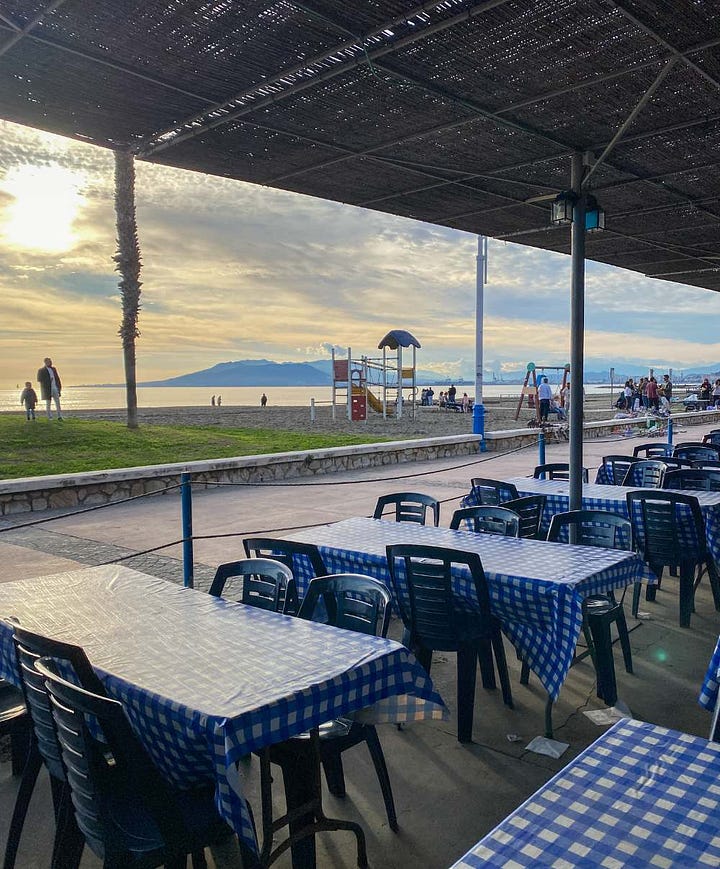
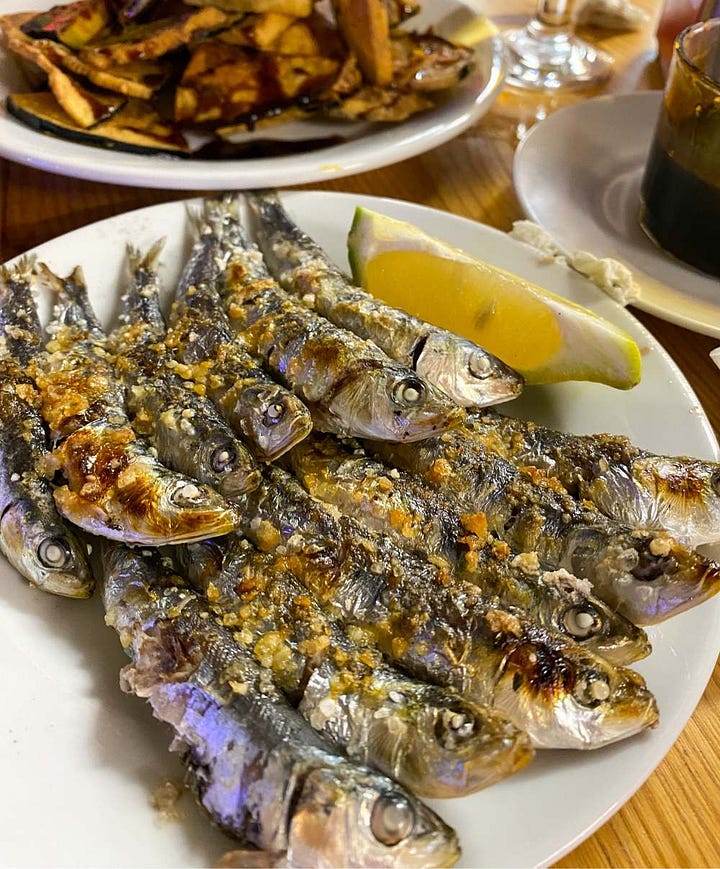
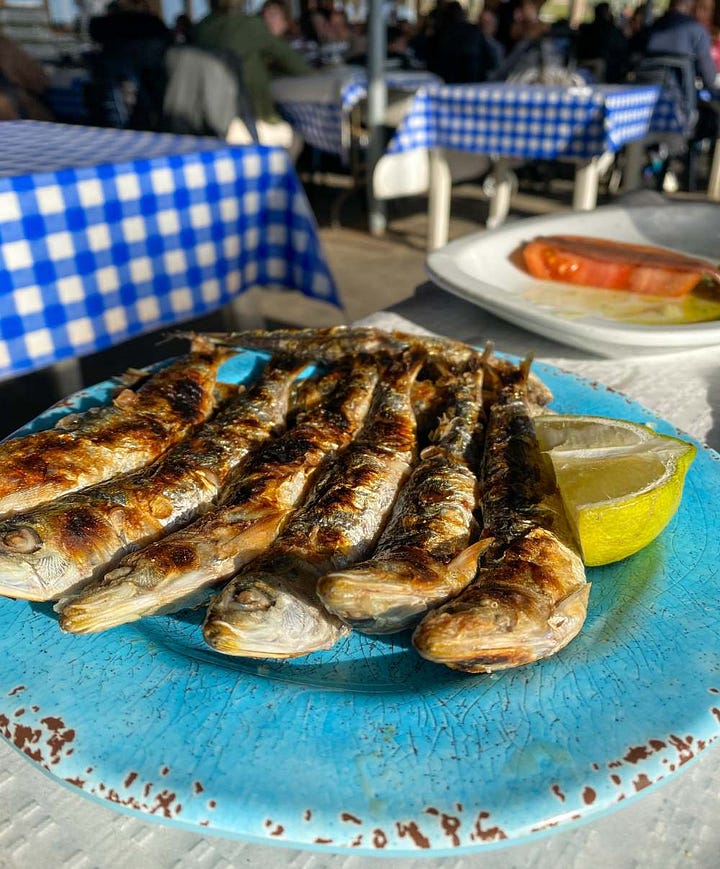
One of my favourite chiringuitos is El Tintero, at the furthest reaches of El Palo. It’s a great place to come with visitors from out of town because of the pure theatricality of the experience. Instead of offering you a menu, the waiters here “auction” the dishes - carrying plates up and down between the rows of tables and shouting out their names like stallholders in a market. Whoever raises their hand first gets the dish.
Two other chiringuitos that I like to visit are El Mar de Nina, also in El Palo, and Las Palmeras, right on the border with neighbouring Pedregalejo.
How should you eat a sardine skewer? The short answer is, however you like. Most locals say they’re best eaten with your fingers, but no one will look askance if you use a knife and fork. I like to hold the head in one hand and the tail in the other, and nibble along each side in turn.
📅 From May 23 to June 8, the annual Ruta del Espeto (Espeto Route) will see restaurants along the Costa del Sol compete for the title of best espetos. Last year’s joint winners were Restaurante Las Acacias in Pedregalejo and Chiringuito Tropy in Caleta de Vélez.
Man v tuna on the Cádiz coast
Meanwhile, western Andalucía has its own fishing tradition that usually peaks during May - the almadraba, an ancient technique that’s more akin to hand-to-hand combat than the industrial methods of the 21st century.
For more than 2,000 years, the people of the Atlantic coast of what is now Cádiz have trapped bluefin tuna as they make their way from the open Atlantic through the Strait of Gibraltar and into the Mediterranean to spawn.
Almadraba traps are labyrinthine nets which allow fishing to take place in a far more sustainable way than indiscriminate trawling methods. The large mesh of the nets mean there’s less discarded bycatch (unwanted fish), and the massive tuna they end up snaring, which weigh upwards of 200kg, have already bred and spawned several times. These giants are swiftly dispatched by fishermen who dive into the churning water after the final “chamber” of the net has captured them.
The Roman outpost of Baelo Claudia was a hub of tuna-processing activity in the 2nd century BCE, and you can visit its archaeological site and museum to learn more about the ancient roots of the almadraba and the importance of bluefin tuna in the Roman world. In fact, the almadraba is believed to be older still, a legacy of the Phoenicians.
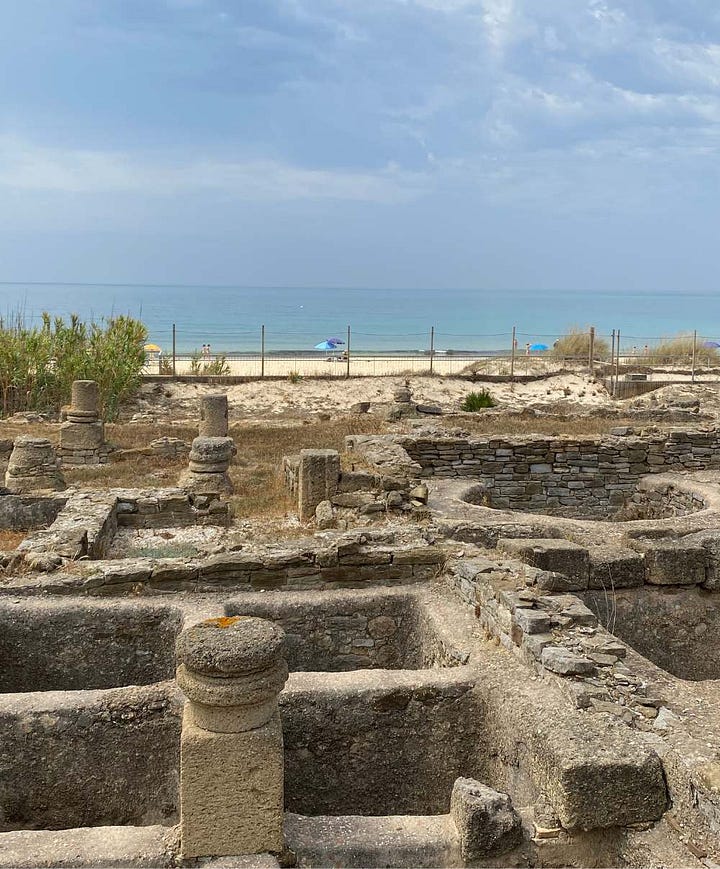
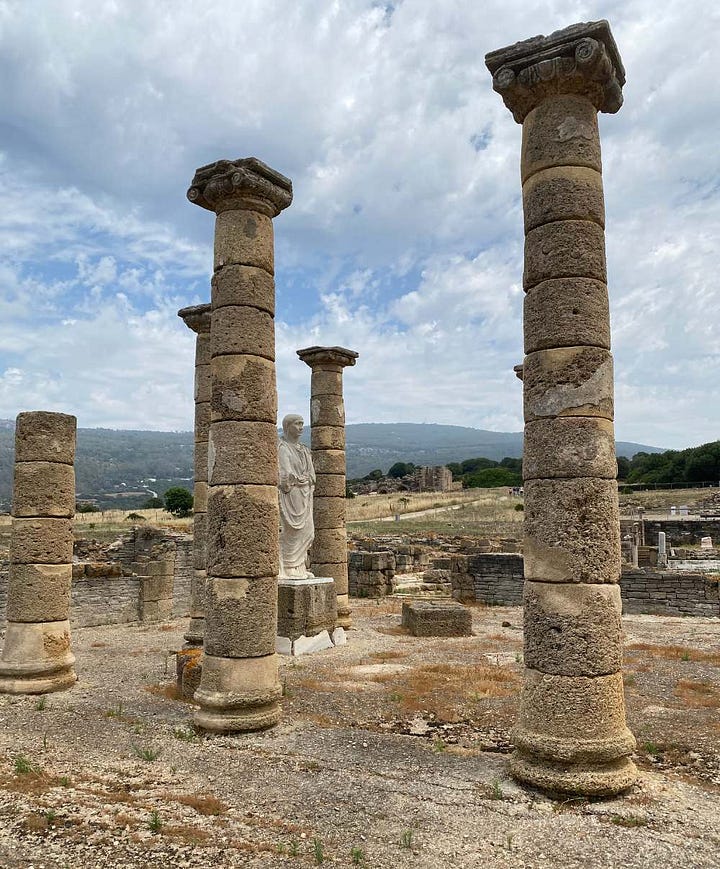
Today, the coastal Cádiz towns of Tarifa, Conil, Zahara de los Atunes and Barbate are where the almadraba action is, and during May and June each of them has some variation of a Ruta del Atún Rojo (Bluefin Tuna Route), a gastronomic festival in which local restaurants compete to make the best tuna-themed dishes.
Almadraba tuna can also be enjoyed year-round, since it is sliced up and deep-frozen to minus 60 degrees celsius almost as soon as it has been caught. One memorable place where I’ve tried it was the restaurant Casa Varo in the picturesque pueblo blanco (white village) of Véjer de la Frontera, just inland from Baelo Claudia.
The dish that really stood out for me was their lightly-seared tuna tataki. It’s a reminder of the close ties between Japan and the tuna industry in this part of Spain. As this interesting article explains, it was thanks to Japan’s enthusiasm for bluefin tuna that the almadraba in the modern age really came into its own.

🏛️ Málaga’s architectural marvels
Back to dry land, and another Málaga festival to round out the month, following on from the always-popular Noche en Blanco (which took place on May 10, as previewed in last month’s newsletter).
Open House (May 23-25) is an architectural festival that sees a number of usually-private buildings open their doors to the public. There are also guided tours that follow themed architectural routes, such as a tour of the city’s beautiful 18th-century painted facades. Some visits need to be booked in advance but many don’t. They have just published their full programme, so if you’re in Málaga for the weekend in question, be sure to check it out.
Random list of the month
🍨 Five of the best… Ice cream shops of Málaga
Málaga’s ice cream shops are open for the season (some close over the winter months) and here are some of my personal favourites.
1. Casa Mira. Founded in 1890, this legendary heladería has several locations in the historic centre. The mothership is their branch on Calle Larios, where you’ll need to take a paper ticket from the little dispenser on the left of the doorway and then wait for your number to be called. It won’t take long - they do a brisk trade. I recommend the chocolate-orange flavour, made with real orange juice, and the “Málaga”, which is flavoured with sweet local wine and fat raisins grown in the hills of the Axarquía, to the east of the city.
2. Helados Lauri. Another long-running family business, this was founded in Pedregalejo in 1952 and the charmingly vintage decor feels like it hasn’t changed since. Specialising in fresh seasonal ingredients and traditional techniques, their ice creams, milkshakes and horchatas (a milky drink made from tiger nuts) taste like pure nostalgia.
3. Heladería Inma. Located in Las Delicias district in the western zone of the city, this popular ice cream shop has a grand reopening each March that sees its fans forming long queues for their first Inma hit of the season. My recommended flavours here are dulce árabe and crema de leche.
4. D’Lorenzo. With three locations in the city, one near the main bus station and two more in the outer neighbourhoods of Teatinos and El Torcal, this small chain prides itself on making authentic Italian-style gelato. They have a wide range of flavours, some of them quite unusual (I’m a fan of the pumpkin).
5. Kalúa Helado Artesenal. Another ice cream shop with an Italian connection, but by way of Buenos Aires. Founded by an Italian immigrant to Argentina in the 1980s, Kalúa expanded to Spain in 2003 and Málaga was where they set their sights. Today, they have a number of branches across the region and one in Madrid (in my old neighbourhood, Chamberí).
Hasta la proxima!
Amy
PS: If you enjoyed this, why not share it with a friend?





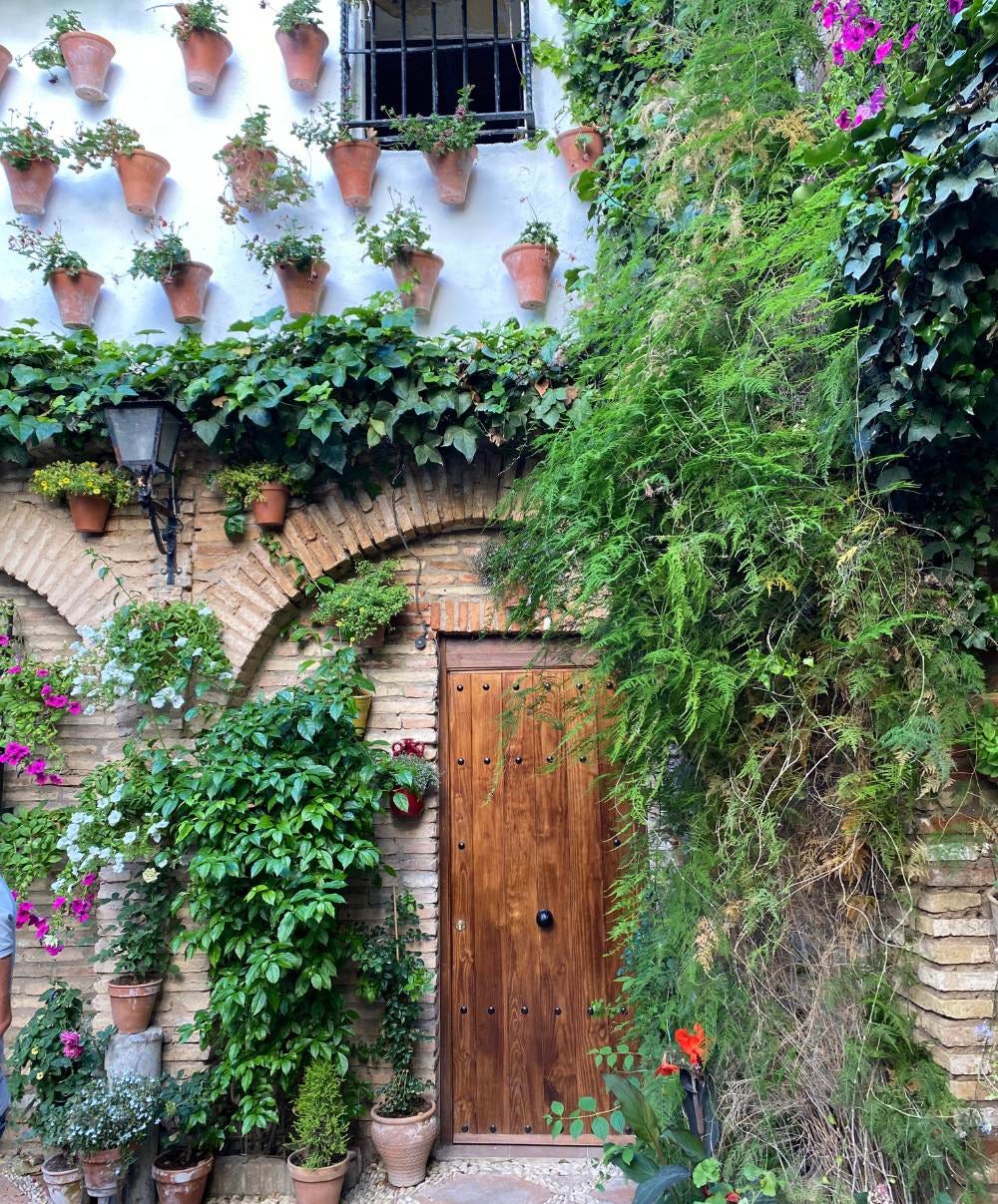

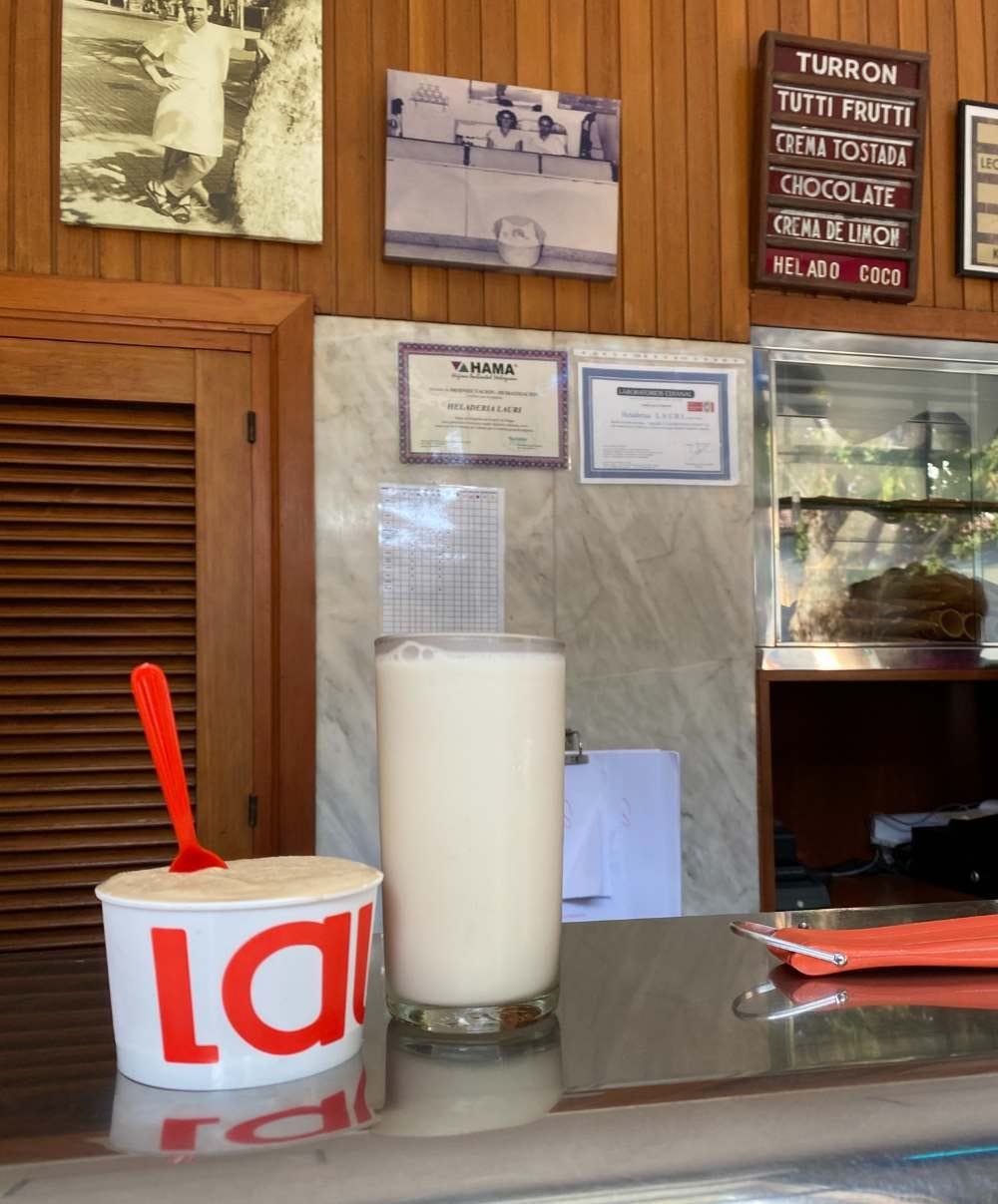
Another wonderful account of life in Andalucia. 😍 Go the Jacaranda!! 💜 I feel a 'need' to go to a "sardine dinner auction"! 👏 We hope to visit again next May . If you are in Cromwell anytime soon, pop in to say hi in person. You'll have missed the glorious autumn colours by now but the sunrises are spectacular at the moment. Enjoy family time.
We had an apartment in Nerja for many years and this brought back so many memories of the sights, sounds and tastes of Andalucia. We used to call El Tinentero 'the singing restaurant' because when all the waiters were in full voice it sounded like a choral performance. Thanks for bringing it all to life!